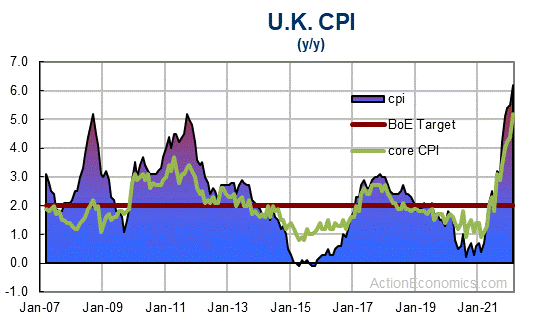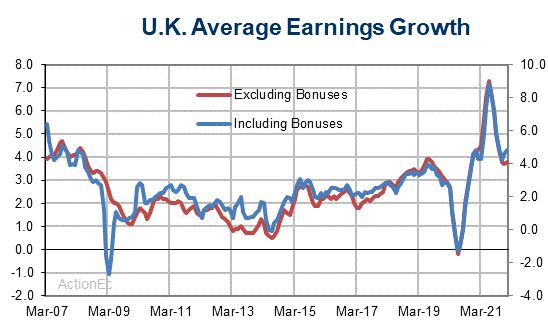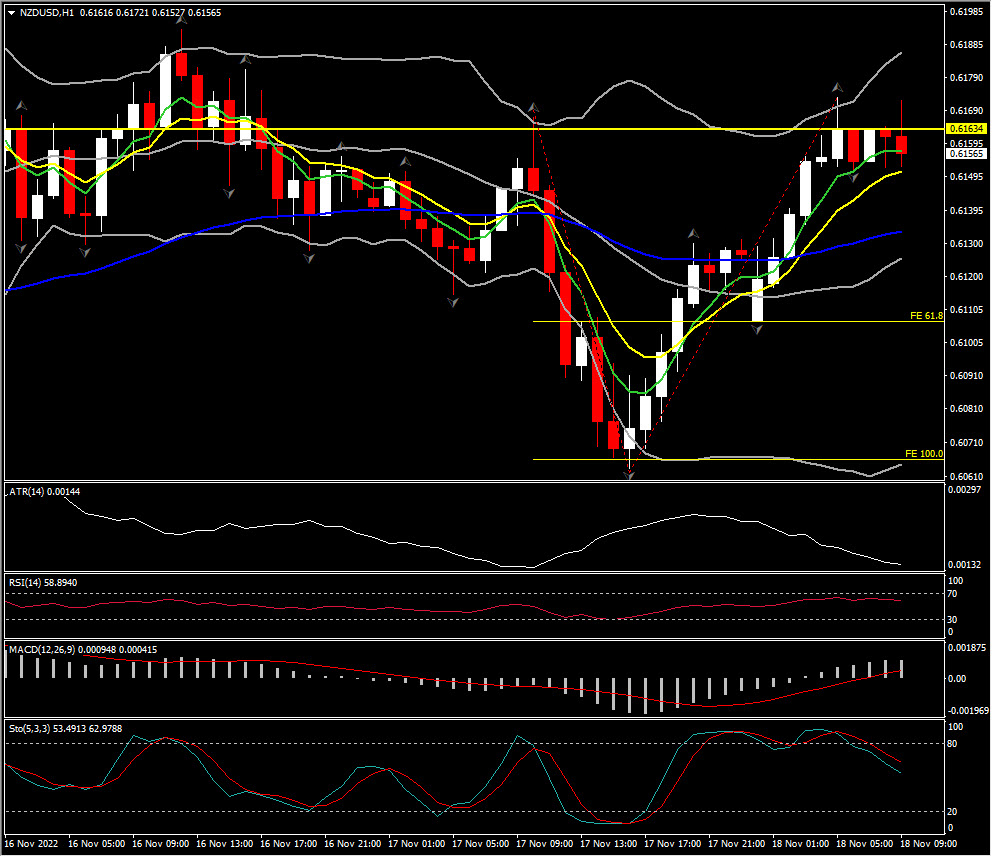After Kwarteng’s budget brought down the Truss government, there was much riding on the presentation of the new fiscal plans. Much was leaked in advance, and as Hunt took over from Kwarteng with the promise of a radical overhaul, it was hardly a surprise that the new government is focusing on spending cuts and tax hikes to fill the “fiscal black hole” that is partly due to mounting debt financing costs.
With the fiscal watchdog confirming that the UK is already in recession, it remains to be seen whether Hunt manages to restore confidence not just with the markets but also with the general population, which is threatening to glide into a “doom-loop”.
Hunt’s plan will lift the tax burden for all, as the personal allowance and basic and higher thresholds will be frozen until 2028. The Institute for Fiscal Studies estimates that this will drag about 3 million people into paying higher rates by 2026. At the same time the Chancellor announced that the threshold at which the top rate of income tax applies will be cut from GBP 150K to GBP 125.14. So instead of abolishing the top 45% rate, as Kwarteng planned, more taxpayers will now be subject to it.

Hunt said that he will refrain from cutting capital spending for two years, and instead unveiled more funding for investment in energy efficiency and insulation, which is hoped to reduce energy demand. There will also be some additional money for the “leveling-up” fund, which is trying to promote a more even distribution of growth and prosperity across the UK’s regions. On top of that, Hunt assured his commitment to the national health service and unveiled additional funding for education.
The Chancellor also confirmed that Truss’ energy support package, worth GBP 55 bln, will be maintained and that the government will extend the energy price guarantee for an additional 12 months at an increased level of GBP 3K a year for the average households. Benefits will be lifted in line with inflation, and state pensions will also increase in line with inflation. On top of this, the Chancellor adopted recommendations from the Low Pay Commission to increase the national minimum wage. Furthermore, those on means-tested benefits, pensioners, and disability benefits will receive additional cost-of-living payments.
However, a planned cap on social care costs will be delayed by two years. A cap on council tax increases is being lifted, foreign aid won’t rise as planned, and the NHS aside, many departments will be facing cuts. On the income side, the planned increase in the windfall tax on energy firms will be lifted to 35% and it will stay in place until 2028. Coupled with a 40% tax on profits of older renewable and nuclear energy generation, these measures should help to raise GBP 14 bln next year.

Despite the rise in the tax burden, Gilt sales in the 2022-2023 fiscal year will reach GBP 169.5 bln, which is more than initially planned, but less than what the Truss government was planning, and it is in fact below investor expectations. Much of the increase will be due to a sharp rise in debt financing costs. The Office for Budget Responsibility (OBR), the U.K.’s fiscal watchdog, said debt interest payments in cash terms will hit GBP 120.4 bln this year, or 4.8% of GDP. That compares to GBP 56.4 bln, or 2.4% of GDP in 2021. The rise in retail price inflation alone has added GBP 1 bln on average to the cost of index-linked debt, according to the OBR’s calculations.
The OBR’s economic forecasts also painted a bleak picture. GDP is not expected to reach pre-pandemic levels until the end of 2024, three years later than the fiscal watchdog expected back in March. Unemployment is set to peak at 4.9% in the third quarter of 2024 and the OBR warned that the squeeze in real incomes, coupled with rising interest rates and falling house prices, will keep a lid on consumer spending as well as investment. Against this background, the economy is set to continue to contract for more than a year, with a peak-to trough decline in GDP of around 2%.
Hunt clearly was eager to try and distance himself from Truss’ approach, and he stressed today that the government will be “asking more from those who have more”. Coupled with the commitment to the NHS, and the rise in pensions and benefits in line with inflation, this may go some way to win back lost support. At the same time, this remained an austerity budget with GBP 55 bln of tax cuts and spending cuts, and whether it will be enough to prevent the growing dissatisfaction with the conservative government among the wider population remains to be seen.
Given that the UK is already in recession, the risk of a “doom-loop” remains, even if Hunt brought in advisers from the days of Blair’s reform drive to present a moderate and consensual approach to the country’s problems.
Trying to make everyone happy always risks not satisfying anybody, and markets also were not quite convinced today. Yields didn’t spike as much as after Kwarteng’s ill-fated budget presentation, but the 2-year rate still jumped 14 basis points today, with the curve flattening as the long end outperformed. The UK100 declined and Cable also dropped.
It will take a while for markets and the BoE to digest the budget and adjust forecasts, but it unlikely to prevent the BoE from hiking rates further and pushing ahead with QT.
Click here to access our Economic Calendar
Andria Pichidi
Market Analyst
Disclaimer: This material is provided as a general marketing communication for information purposes only and does not constitute an independent investment research. Nothing in this communication contains, or should be considered as containing, an investment advice or an investment recommendation or a solicitation for the purpose of buying or selling of any financial instrument. All information provided is gathered from reputable sources and any information containing an indication of past performance is not a guarantee or reliable indicator of future performance. Users acknowledge that any investment in Leveraged Products is characterized by a certain degree of uncertainty and that any investment of this nature involves a high level of risk for which the users are solely responsible and liable. We assume no liability for any loss arising from any investment made based on the information provided in this communication. This communication must not be reproduced or further distributed without our prior written permission.




















